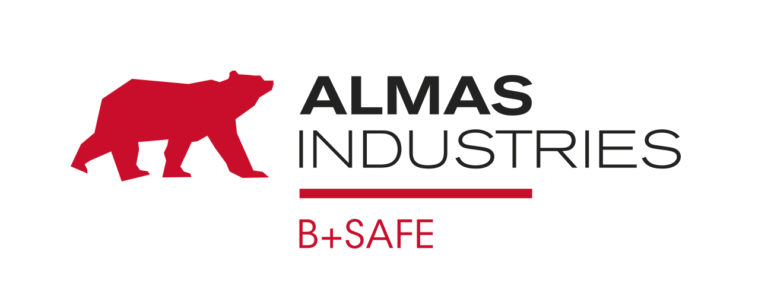According to the United Nations Environment Program (UNEP) report “Climate Risks in the Agricultural Sector”, consumption will be driven mainly by income and population growth. In high-income countries, per capita meat consumption is expected to stabilize due to changes in consumer preferences and slower population growth.

Poultry consumption is expected to account for 41% of global meat products, and beef for 20%.
Meat production is also forecast to grow 5.8 percent by 2030, compared to a base period of 2018 to 2020, according to the report. The OECD projects Asia and the Pacific as the only regions where per capita beef consumption is expected to increase by 2030.
In China, the world’s second-largest consumer of beef, per capita consumption will increase by about 8% by 2030, compared to a growth rate of 35% in the past 10 years.
Sub-Saharan Africa will have the highest growth rate for beef production at 15%, due to strong population growth. Meat production is also expected to grow 6% in North America and yet decline 5% in Europe.
As for the lab-grown substitute, with continued technological advances in the field, the costs of cultured meat are expected to become competitive with those of traditional meat, and indeed, he estimates that by 2025 the role of meat from of animals will be 90% of the total meat business and in 2040 it will represent only 40%.
For consumers, the environmental impact of meat and dairy production is increasingly important and generates greater awareness through social networks.
















